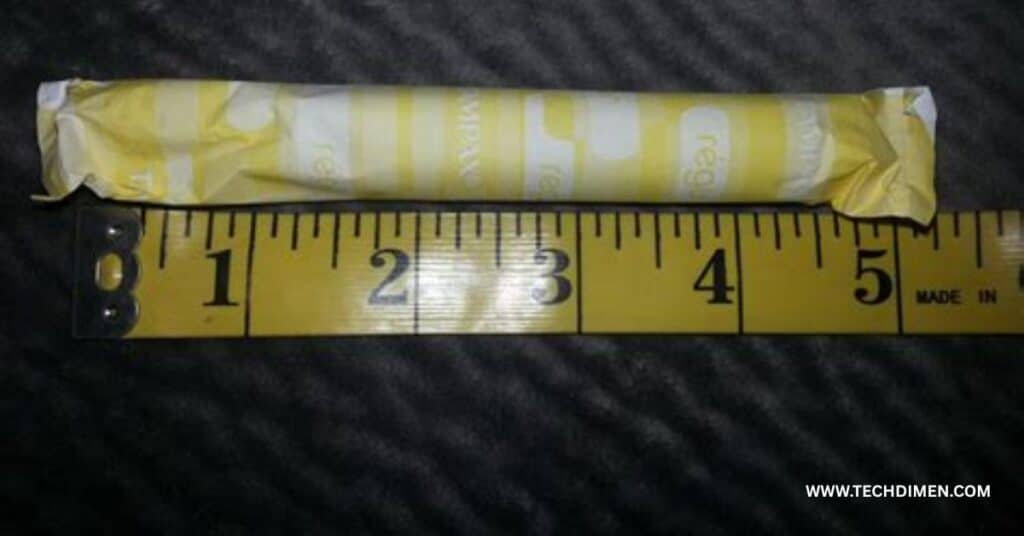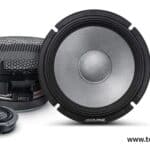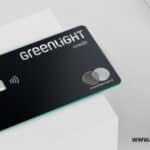7 Everyday Items That Are 4.5 Inches Long Maybe you’re trying to measure something but don’t have a ruler nearby. Or maybe you’re shopping online and need a clear mental picture of what that measurement actually looks like. Either way, visualizing 4.5 inches with common, everyday items can be incredibly helpful.
Whether you’re tackling a home project, helping a child with schoolwork, or just satisfying your curiosity, knowing a few real-world items that are about 4.5 inches long can come in handy.
In this guide, we’ll walk through 7 everyday items that are 4.5 inches long, along with facts, tables, and practical comparisons to help you visualize this exact length with confidence.
What Is Closed Length in a Men’s Wallet?
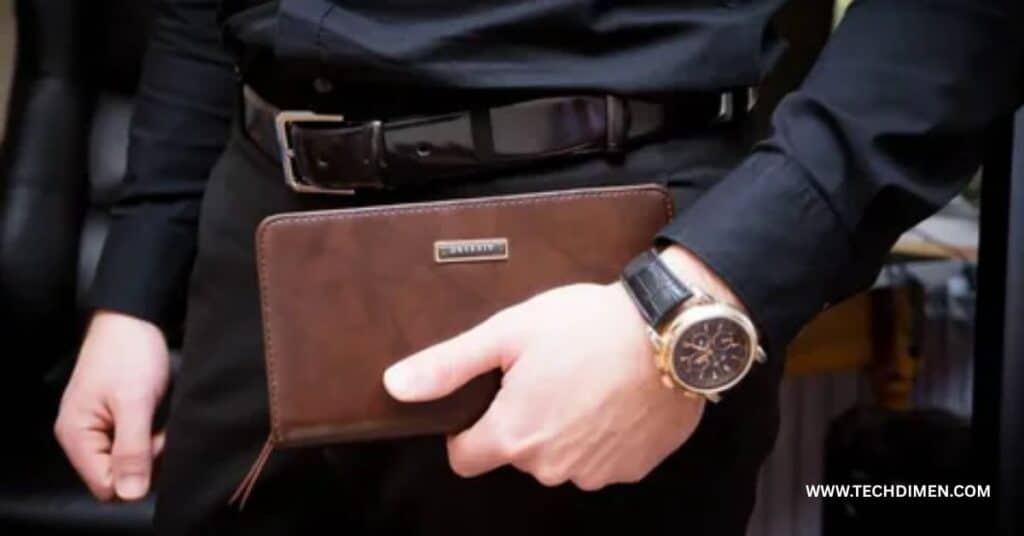
The closed length of a men’s wallet refers to the measurement of the wallet from end to end when it is folded shut (as it would be when in normal use). It does not include the wallet when it’s open flat only the folded (or closed) position.
This dimension is important because it affects:
- Comfort (how it fits in your pocket)
- Style (bulkier vs. sleek look)
- Capacity (how many cards, bills, IDs it can hold)
Common Closed Length Sizes for Men’s Wallets
- Standard Bifold Wallet:
Closed Length: 4.25 to 4.5 inches
These are the typical wallets you see most often fold once in the middle. - Slim Bifold Wallet:
Closed Length: around 4 inches
Designed to be thinner and more compact. - Trifold Wallet:
7 Everyday Items That Are 4.5 Inches Long - Passport Wallet/Travel Wallet:
Closed Length: 5 to 6 inches
Slightly longer to accommodate passports, boarding passes, or larger documents.
Why Closed Length Matters
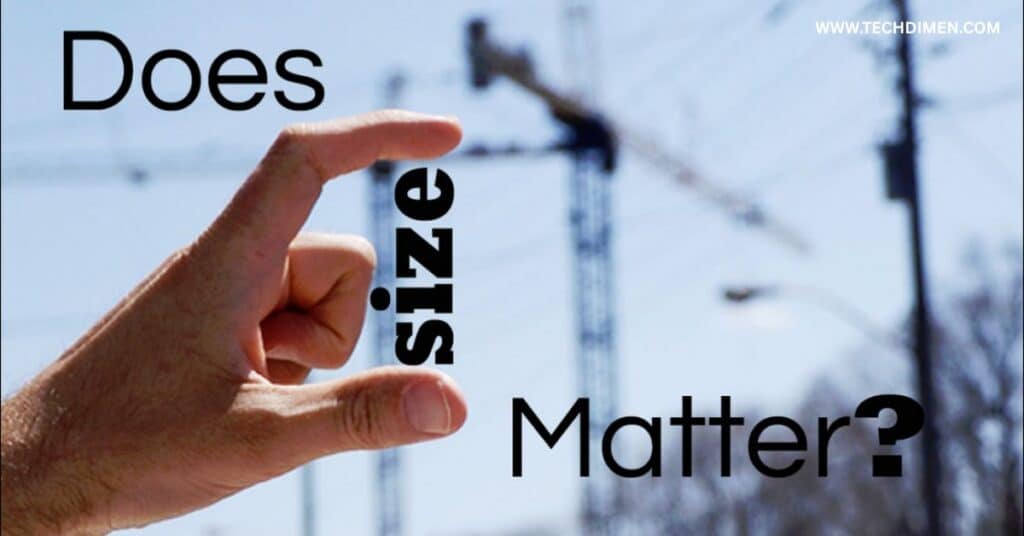
- Pocket Fit: If the wallet’s closed length is too long, it may stick out of your pocket or feel uncomfortable when sitting.
- Bulk: Larger closed lengths generally mean more storage but could feel bulky.
- Fashion: A sleek wallet with a balanced closed length looks more stylish and fits better in slimmer pants.
- Usage: Bigger wallets are better for carrying many cards and cash, but minimalists might prefer a smaller closed length.
Quick Tip When Buying a Wallet:
Always check the closed dimensions (length × width × thickness) before purchasing, especially if you like a certain style (minimalist vs. full storage).
Three Table Tennis Balls in a Row
Standard Size of a Table Tennis Ball
A regulation table tennis ball has a diameter of 40 millimeters, which is about 1.57 inches.
Total Length of Three Balls in a Row

When three table tennis balls are placed in a row, their total length is the sum of their diameters.
The calculation is simple:
7 Everyday Items That Are 4.5 Inches Long
So, the total length of three table tennis balls lined up is about 4.71 inches, or roughly 120 millimeters.
How They Are Placed

Each ball touches the next one at a single point. There is no space between them. Imagine setting them gently on a table so that they form a straight, connected line.
Why This Measurement Matters
This measurement can help when estimating the space needed to display or store table tennis balls. It is also a fun way to visualize short distances without using a ruler.
Everyday Visualization
Picture three small balls, each about the size of a large gumball, lined up neatly. Together, they stretch a little less than half the width of a standard sheet of paper.
In the World of Science and Physics
What Is Science?
Science is the study of the natural world through observation and experimentation. It helps us discover how and why things happen around us.
The Purpose of Science
Science aims to build knowledge. It allows us to explain natural phenomena, make predictions, and create new technologies to improve our lives.
The Definition of Physics
Physics is a branch of science that studies matter, energy, and the fundamental forces of nature. It focuses on understanding how the universe behaves.
The Main Goal of Physics

The main goal of physics is to uncover the basic principles that govern everything from the smallest atoms to the largest galaxies.
Branches of Physics
Classical Physics
Classical physics deals with everyday phenomena like motion, force, and gravity. It explains how objects move and interact in the world we see.
Quantum Physics
Quantum physics studies particles at the atomic and subatomic level. It reveals strange behaviors that don’t follow the usual rules of classical physics.
Astrophysics
Astrophysics focuses on the study of stars, planets, black holes, and the entire universe. It helps us understand where we came from and where we are going.
Thermodynamics

Thermodynamics explores heat, energy, and the movement of molecules. It is essential for understanding engines, refrigerators, and even weather patterns.
Why Physics Is Important
Impact on Technology
Physics has led to the invention of technologies like smartphones, computers, lasers, and satellites.
Advancing Medicine
Medical tools such as MRI machines, X-rays, and radiation therapies are direct results of physics research.
Understanding the Universe
Physics helps answer big questions like how the universe began, what black holes are, and whether time travel is possible.
The Relationship Between Science and Physics
Science as a Method
Science uses careful observation, questioning, testing, and reasoning to build understanding.
Physics as a Field
Physics applies the scientific method to investigate the fundamental laws of nature.
Everyday Examples of Physics
Motion
When you throw a ball or drive a car, you are experiencing the laws of motion described by physics.
Light
Seeing a rainbow or using a flashlight involves physics principles related to light and optics.
Energy
When you cook food, charge a phone, or even walk, you are using different forms of energy explained by physics.
The Future of Science and Physics
New Discoveries
Scientists and physicists continue to search for answers to unsolved mysteries, such as dark matter and quantum computing.
Innovations to Come
Future technologies like space exploration, clean energy, and artificial intelligence will rely heavily on physics breakthroughs.
When it Comes to Math and Probability:
If the phrase is meant for a math or puzzle context, you could examine the combinatorics of arranging three balls in a row. Imagine a puzzle where each ball is either red or blue, and you need to find the number of different possible combinations. Or, maybe dive into probability theory and calculate the likelihood of certain arrangements, like two balls being the same color and one being different.
Creating Fun with Games:
When you shift focus to games, three ping pong balls in a row could easily evolve into a DIY skill game. Picture setting up a challenge where players have to roll or toss ping pong balls into a row, aiming to get them aligned perfectly. Whether it’s a backyard game or a party activity, you could design it so players compete to get all three balls in a straight line within a limited time. The game could also include elements like barriers or obstacles to increase the difficulty.
For a More Creative or Metaphorical Approach:
On a more artistic note, you could interpret three table tennis balls in a row as a symbol of balance or order. The simple, clean symmetry of the balls lined up might represent harmony or precision, and it could be a powerful visual tool in artwork or photography. This concept could also be explored in storytelling—perhaps the three balls symbolize patience, planning, or the calm before a chaotic moment, which could fit into a larger narrative about life’s little moments of balance.
Exploring Photography and Design:
If you’re looking into design or photography, the visual appeal of three identical objects placed in a line might catch the eye. You could write about how the simplicity of three ping pong balls can create an aesthetic masterpiece, either in photography or a piece of minimalist art. The idea of symmetry and repetition might be explored further, showing how geometric shapes can make powerful visuals even in the simplest forms.
Instructional or How-To Content:
In an instructional context, you could explain how to perfectly arrange three ping pong balls in a row without them rolling away. This could transition into teaching basic principles of physics, like friction and stability, or even show how students can model physical concepts using common materials. Teaching how to set them up correctly could also help explain the practical aspects of force, motion, and balance.
Standard 8.4 oz Energy Drink Can (Height)
Exact Height
The typical height of a standard 8.4 oz (250 ml) energy drink can is about 5.2 inches or roughly 132 millimeters.
Diameter of the Can
While the height is 5.2 inches, the diameter is smaller, measuring around 2.1 inches or approximately 53 millimeters. This gives the can a slim and tall appearance.
Material and Shape
Most 8.4 oz cans are made of lightweight aluminum. They have a cylindrical shape with a slightly narrower top and bottom, helping with easy grip and stacking.
How It Compares to Other Cans
A standard 12 oz soda can is shorter and wider than an 8.4 oz energy drink can. The 8.4 oz can is taller and slimmer, making it look more compact and easier to hold for quick consumption.
Practical Uses for Size Information
Knowing the height of an 8.4 oz can is useful when designing cup holders, vending machines, coolers, or fridge compartments. It also helps when estimating space for storage or shipping.
Everyday Visualization
7 Everyday Items That Are 4.5 Inches Long taller than most smartphones but much slimmer. It fits easily into one hand, small purses, or backpacks, and it is a favorite for quick energy boosts
Standard Coffee Spoon (Handle Length)
A coffee spoon, especially the ones you find in modern flatware sets, usually measures 4.5 inches from tip to end. This is slightly shorter than a regular teaspoon, which is closer to 6 inches.
Coffee spoons are meant for small cups or espresso servings, and their compact size makes them ideal for measuring small lengths. It’s one of the simplest objects to measure length in the kitchen.
Size 3 Baby Shoe (6–12 Months)
Baby shoe size 3 in the US typically measures 4.5 inches in length, which is just right for infants between 6 and 12 months old. According to standard baby shoe size charts, size 1 is about 3.5 inches, size 2 is 4.125 inches, and size 4 is around 4.75 inches.
This makes baby shoes a reliable 7 Everyday Items That Are 4.5 Inches Long parents who want to compare 4.5 inches at a glance.
Child’s Fist (Ages 3–5)
The average width of a toddler’s closed fist is about 4 to 4.5 inches, depending on age and hand size. Using body-based comparisons like a child’s fist is a fun and memorable way to visualize 4.5 inches without a ruler.
For children aged 3 to 5, the average fist width is approximately 4.5 inches. This is especially useful when you’re out and about with no tools nearby and can also teach kids how to estimate length using their own bodies.
Quick Reference Table: Items Measuring 4.5 Inches
| Item | Length | Everyday Use |
|---|---|---|
| Wallet | 4.5 in | Pocket carry |
| Debit Cards (1.33) | 4.5 in | Money storage |
| 3 Ping Pong Balls | 4.71 in | Game rooms |
| 8.4 oz Red Bull Can | 4.6 in | Energy drinks |
| Coffee Spoon | 4.5 in | Kitchen use |
| Baby Shoe Size 3 | 4.5 in | Infant footwear |
| Toddler’s Fist | 4.5 in | Body-based measure |
Bonus: Other Common Things That Are Almost 4.5 Inches Long
If you’re still curious, here are a few objects close to 4.5 inches but not exact. The iPhone 5 and 5S have a height of 4.87 inches. A standard business envelope is 4.125 inches wide. The diagonal length of a 3×3 sticky note is about 4.24 inches. A mini USB power bank is often around 4.6 inches long.
While these aren’t exact, they offer approximate 4.5-inch comparisons useful in daily life.
Sure! Here’s a FAQs section written clearly with headings for each question and answer:
FAQs About Science and Physics
What Is the Difference Between Science and Physics?
Science is the broad study of the natural world, covering many fields like biology, chemistry, and physics.
Physics is a specific branch of science focused on matter, energy, and the forces that govern how things move and interact.
Why Is Physics Called the “Fundamental Science”?
Physics is called the “fundamental science” because it studies the basic building blocks of everything in the universe. Other sciences often rely on the principles discovered by physics.
What Are the Main Branches of Physics?
The main branches of physics include Classical Physics, Quantum Physics, Astrophysics, Thermodynamics, and Electromagnetism. Each branch focuses on different aspects of how the world and the universe work.
How Is Physics Used in Everyday Life?
Physics explains how cars move, how airplanes fly, how electricity powers homes, and even how your mobile phone operates. It’s involved in almost every part of modern life.
Can I Study Physics Without Being Good at Math?
While math is important in physics, you can start learning basic physics concepts without advanced math skills. As you progress, math becomes more necessary to fully understand and solve physics problems.
What Is an Example of Physics in Nature?
An example of physics in nature is the way a rainbow forms. Light bends (refracts) as it passes through water droplets in the air, splitting into different colors.
Why Should We Study Physics?
Studying physics helps us understand the world at its deepest levels. It drives innovation, improves technology, and solves real-world problems like energy shortages and space exploration.
What Tools Do Physicists Use?
Physicists use tools like telescopes, particle accelerators, lasers, computers, and various measuring instruments to conduct experiments and make discoveries.
How Has Physics Changed the World?
Physics has revolutionized the world by leading to inventions such as electricity, radio, nuclear energy, medical imaging, and space travel. It continues to push the boundaries of what is possible.
Is Physics Only About Space and Planets?
No, physics covers much more than space and planets. It includes studying motion, energy, forces, electricity, magnetism, sound, and light here on Earth as well.
Conclusion:
Understanding the size of 4.5 inches through real-life items is not only practical, it’s fun and surprisingly useful. Whether you’re trying to measure small distances, craft something by hand, or just want to get a feel for scale, these 7 everyday items offer the perfect visual guide.
7 Everyday Items That Are 4.5 Inches Long Just look at your wallet, a spoon from the kitchen, your child’s tiny shoe or hand, a ping pong ball, soda can, or debit card. These are relatable 4.5 inch objects that take the guesswork out of measuring.
Helpful Measurement Tip: 4.5 inches equals 11.43 cm or 114.3 mm. Use that as your mental conversion when checking metric equivalents or shopping internationally.
If you found this helpful, bookmark it for later or share it with someone who’s always asking: What’s something that’s 4.5 inches long?

Jhon AJS is a tech enthusiast and author at Tech Dimen, where he explores the latest trends in technology and TV dimensions. With a passion for simplifying complex topics, Jhon aims to make tech accessible and engaging for readers of all levels.

